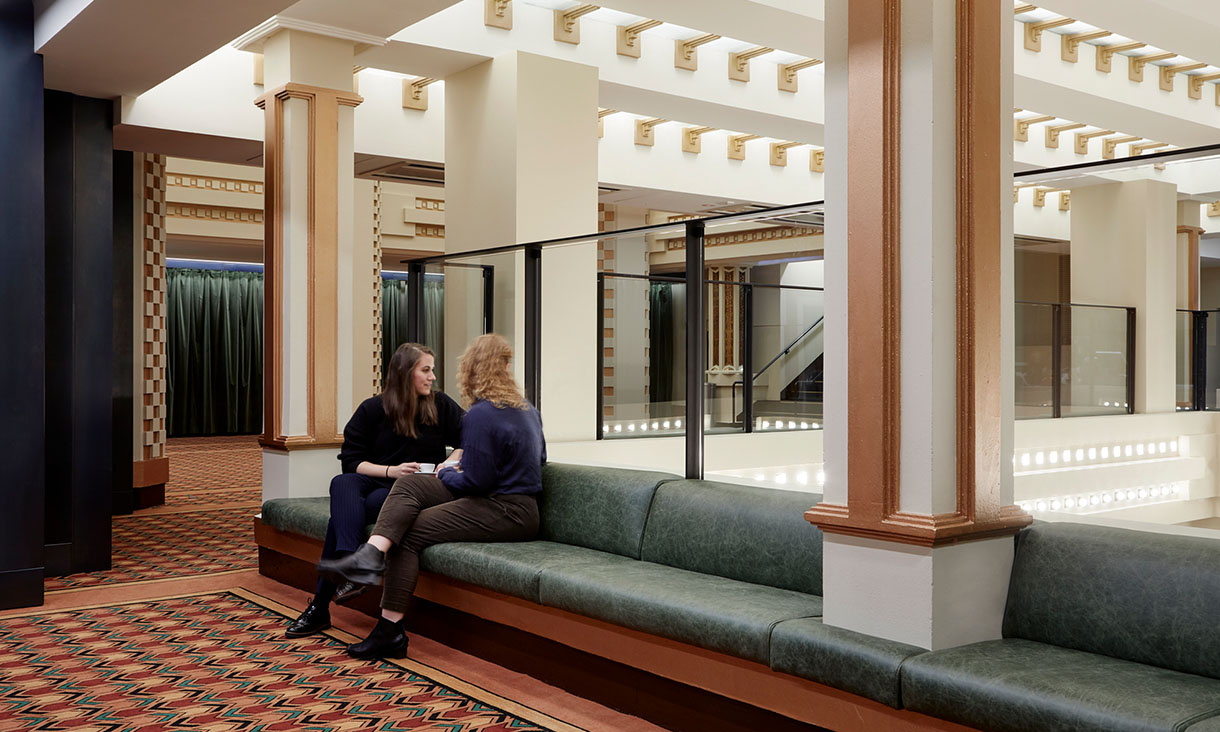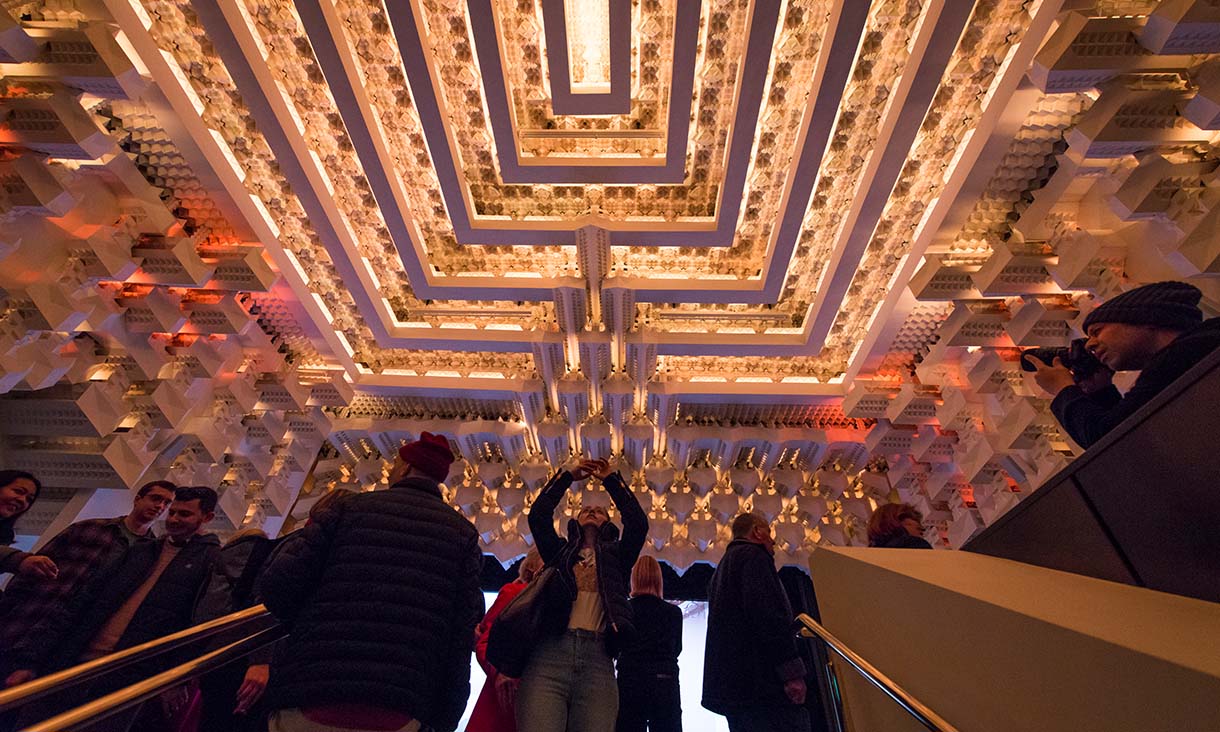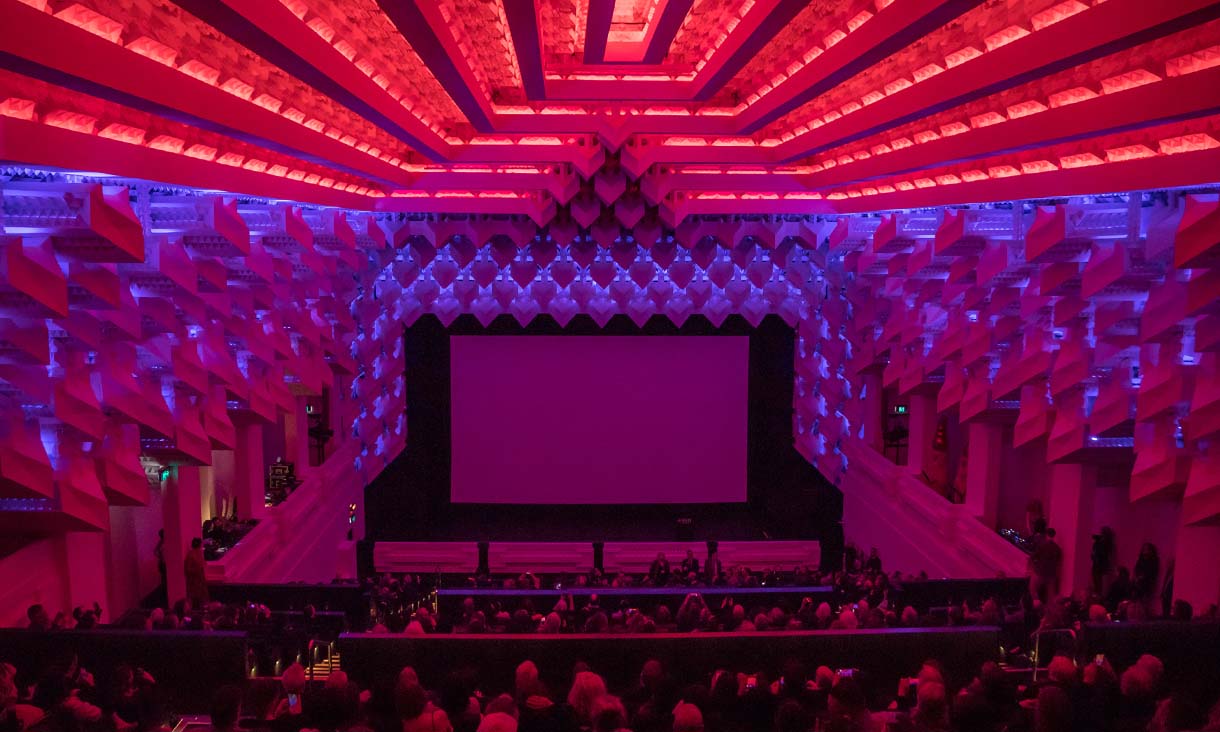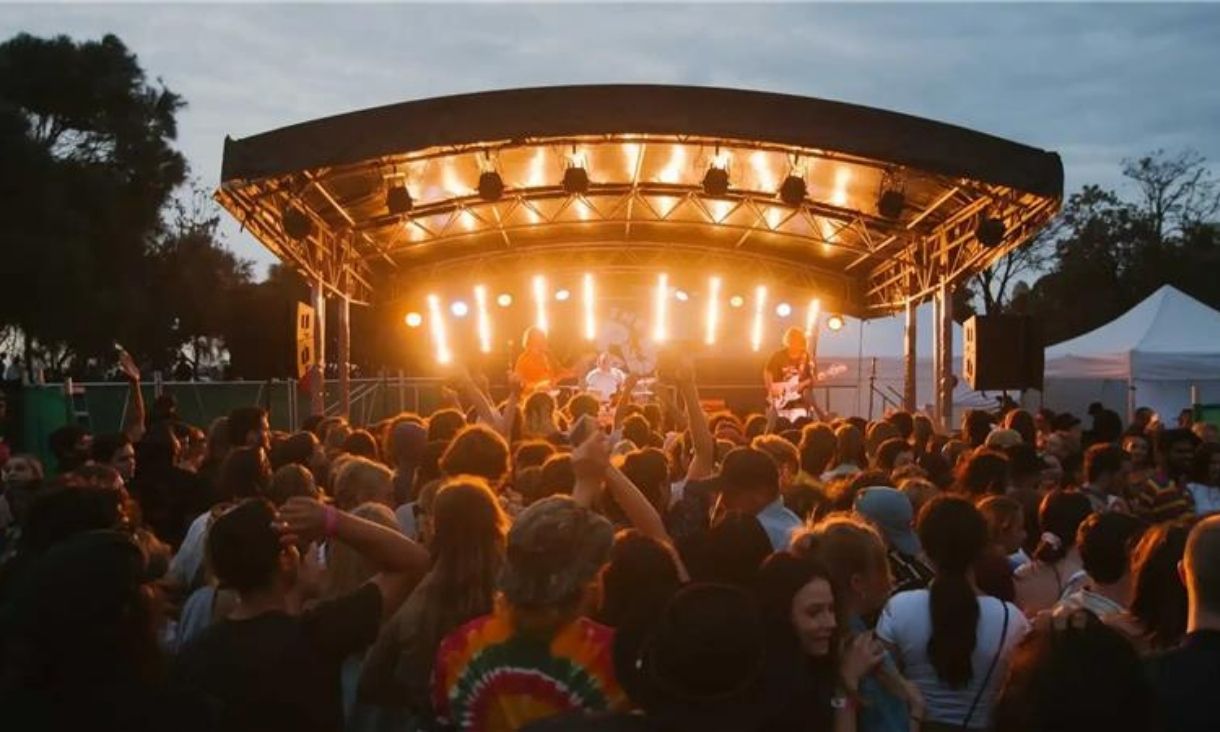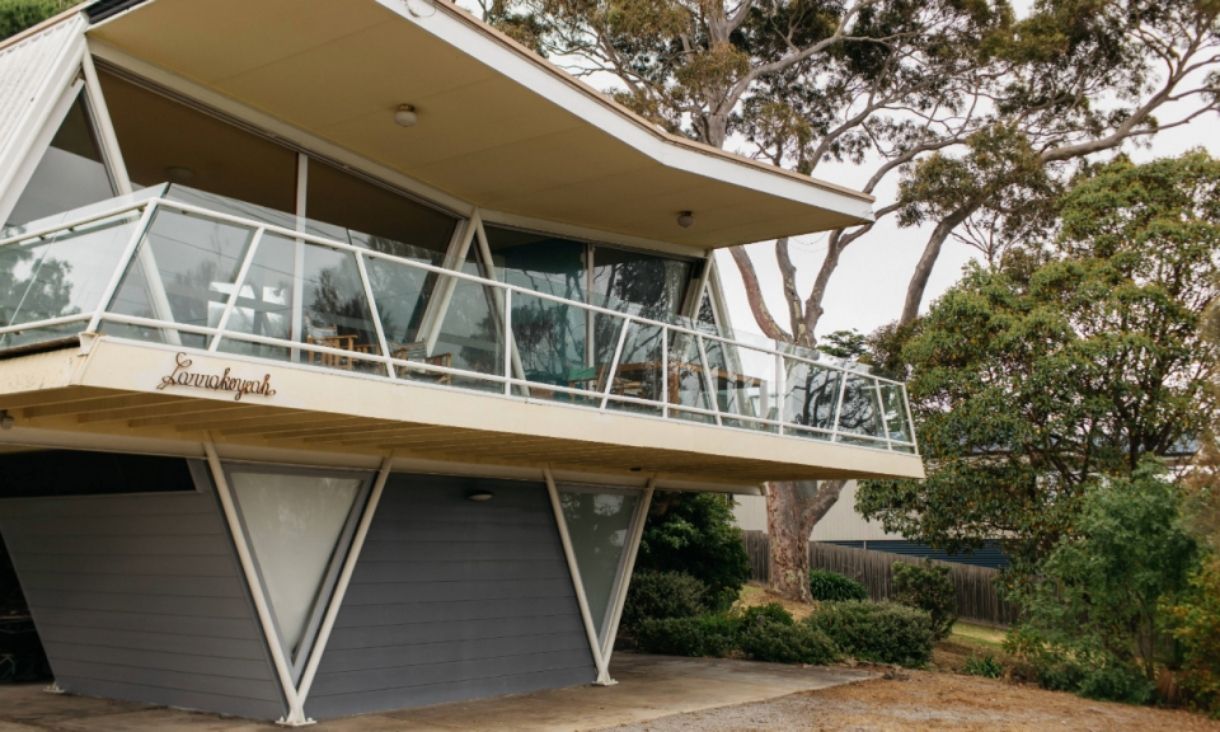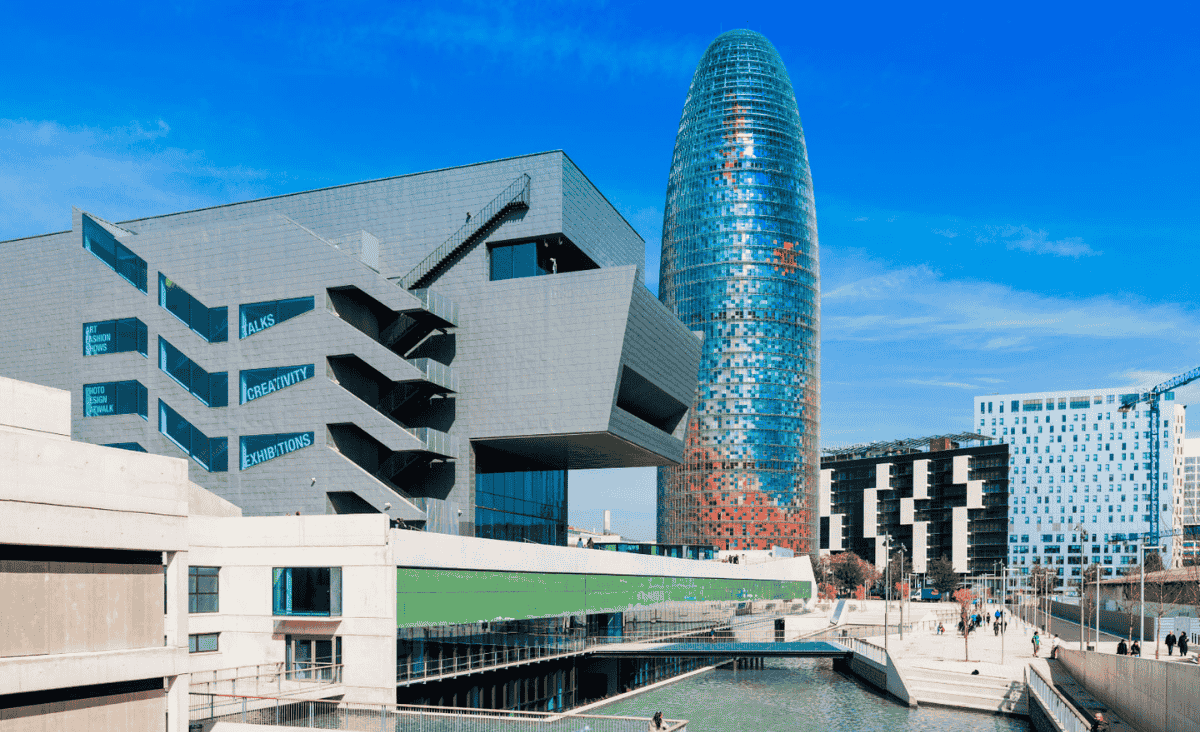Timothy Rogers, Six Degrees Architect:
Can you tell me about your role in the refurbishment of the Capitol?
I am Senior Architect at Six Degrees Architects and was the project lead for the refurbishment of The Capitol. This means that I have spent a lot of time in The Capitol and have been involved in the project at a very detailed level.
The role could be summarised as carefully responding to the unique historic built fabric, while also guiding a complex but exciting building process.
Where did you draw your inspiration for the redesign from?
Working within a significant heritage project like The Capitol is inspirational in itself.
The original building was designed by Marion Mahoney and Walter Burley Griffin and is quite unique, particularly the amazing crystalline ceiling in the main theatre.
Six Degrees sought to celebrate the fragments of that original design that had been preserved. We see these original fragments as jewels, which we brought together through our more restrained interventions.
We were also interested in the experience of ascent through the building, from the darker lower levels up into the delicate light filled theatre and foyers. This is often a surprise for first time visitors.
What were some of the challenges of the redesign?
The project was very challenging as the building is 100 years old, was quite deteriorated, and did not meet contemporary construction requirements.
But perhaps the biggest challenge was during the demolition phases. We found plenty of surprises that usually needed fast, creative responses.
Some particular challenges were the installation of a lift to allow equitable access, and the replacement of water damaged portions of the theatre ceiling by a specialist plasterer.
Can you tell us more about the famous ceiling?
The main theatre ceiling is a crystalline form made of moulded plaster.
The Griffins’ idea was to create a sort of fantastic cavernous space, where their complex geometries could be used to evoke a heightened theatric experience.
The ceiling glows and pulses from within.
Before the refurbishment the ceiling was lit by individual coloured bulbs, however it is now lit from within by adjustable and energy efficient LED battens.
What is your favourite part of the theatre?
The theatre ceiling is spectacular and so it must be my favorite part.
However, my second favorite part is the orange chevron carpet. This is a faithful reproduction of the original colours, and to my eyes it is a surprisingly bold design. Surprise is part of what makes the Capitol so interesting.

